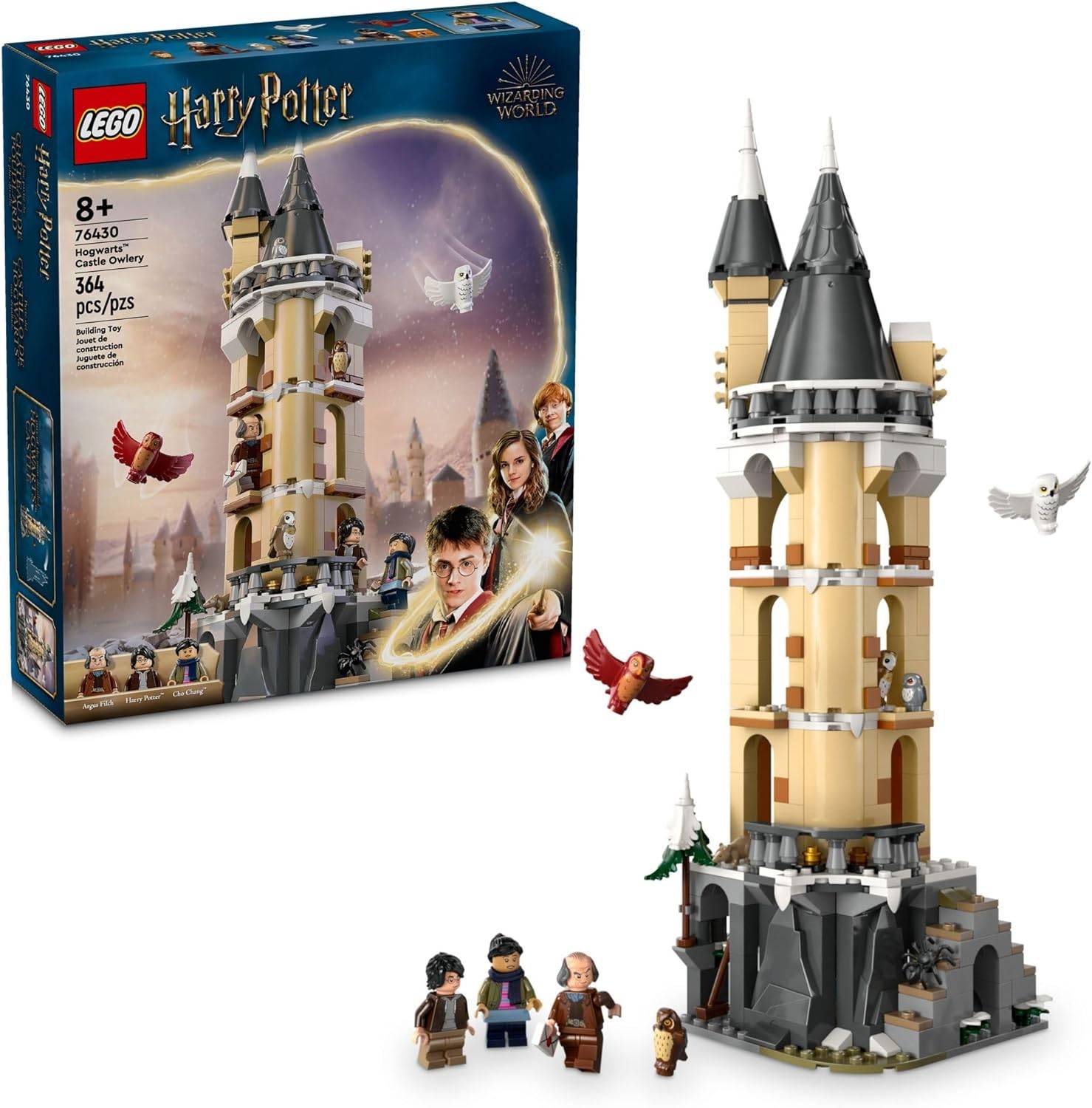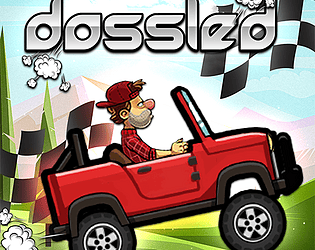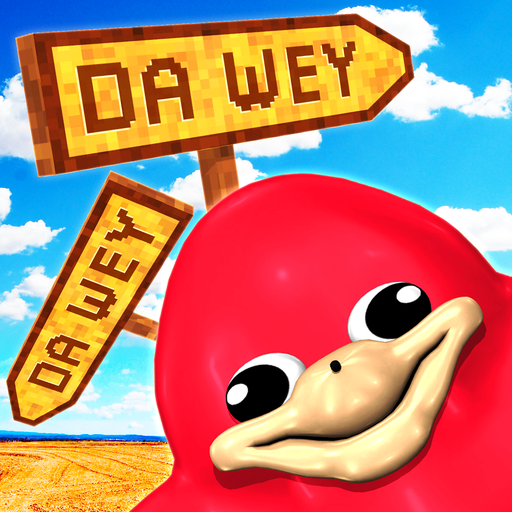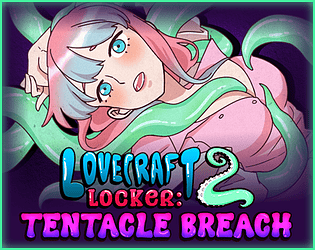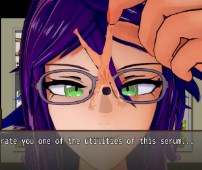From the dry deserts and bustling forests to the blazing volcanoes and frozen tundra, the Monster Hunter series showcases a wide array of environments, each with its own unique ecosystem shaped by diverse monsters. The thrill of exploring unknown worlds and traversing their landscapes while hunting is one of the core joys of playing Monster Hunter.
This sense of adventure continues with Monster Hunter Wilds, the latest installment in the franchise. Following the Windward Plains and Scarlet Forest, players will venture into the harsh terrain of the Oilwell Basin, a region enveloped in flames and oilsilt. Here, adventurers will navigate through paths blocked by dripping, viscous oil and blazing magma. Despite its seemingly sterile and lifeless appearance, the Oilwell Basin teems with life, as small creatures can be seen wriggling through the mire. Scattered throughout are remnants of what appears to be an ancient civilization.
Yuya Tokuda, the director of both Monster Hunter: World and Monster Hunter Wilds, provides insight into the Oilwell Basin:
"During the Fallow, the Oilwell Basin is a place filled with mud and oil. When the Inclemency known as the Firespring comes, it burns away that oilsilt, and at times during the Plenty, the burned-away oil and soot vanish, revealing the minerals, microorganisms, and the original color of the manmade artifacts hidden underneath," he explains.
Down in the Muck
When designing the Oilwell Basin, what concept did the development team have in mind? Kaname Fujioka, director of the original Monster Hunter and executive director and art director for Wilds, shares his thoughts:"We had two horizontally broad locales in the Windward Plains and Scarlet Forest, so we decided to make the Oilwell Basin a vertically connected place,” he says. “The environment changes slightly as you travel between the top, middle, and bottom strata. Sunlight reaches the top strata, where oil gathers like mud, and the lower you go, the hotter it becomes, with lava and other substances."
Tokuda adds, "From the middle to bottom strata, you'll find creatures reminiscent of aquatic life, similar to the deep seas or underwater volcanoes. In World, we created the ecosystem of the Coral Highlands using the idea of what it would look like if aquatic creatures lived on the surface, and we've used the knowledge gained to craft the Oilwell Basin's creatures and ecosystem.
It's a blazing and barren wasteland that comes to life during the Plenty. Fujioka hopes players will enjoy this contrast."During the Fallow and Inclemency, smoke emerges from everywhere in the Oilwell Basin, resembling a volcano or hot spring,” he explains. “But during the Plenty, it adopts a clear, marine-like tone. If you look closely at the environmental biology, you'll find that it's a region inhabited by creatures you'd expect to find on the ocean bed."
The Oilwell Basin's environment stands out from other locales. Though it may appear lifeless when covered in oilsilt, it supports a range of life forms, from shellfish like shrimp and crabs to small monsters that provide raw meat. Large monsters prey on smaller ones, which filter and consume microorganisms from the environment and oilsilt, while microorganisms derive energy from geothermal heat. If the Windward Plains and Scarlet Forest thrive on sunlight and vegetation, the Oilwell Basin is home to creatures powered by geothermal energy.
The large monsters of the Oilwell Basin are unique. One such creature is Rompopolo, a globular and noxious monster with a mouth resembling thin needles. Fujioka elaborates on its design:
"We designed it as a tricky monster that lives in swamps and creates chaos for players by using its stored toxic gas,” he says. “The idea of a mad scientist inspired its slightly chemical purple color and glowing red eyes. The equipment crafted from it is surprisingly cute, including its Palico gear."Tokuda describes the Rompopolo Palico equipment as "amusing," and my hands-on experience confirmed their sentiment. I encourage you to craft the equipment and see for yourself.
Flames of Ajarakan
Another monster in the Oilwell Basin is Ajarakan, resembling a massive gorilla enveloped in flames. Unlike the Scarlet Forest's Congalala, Ajarakan has a slimmer silhouette.
Scenes in this video show Rompopolo and Ajarakan battling for territory, with Ajarakan grabbing Rompopolo in a bear hug. Its martial arts-inspired movements emphasize its fists, setting it apart from other fanged beasts."Normally, fanged beasts have low hips, placing their heads at eye level with the hunter, which can make it harder to sense the threat,” says Tokuda. “We gave Ajarakan a more top-heavy and towering silhouette to highlight its menace. We added flame elements native to the Oilwell Basin and grabbing attacks reminiscent of a wrestler to showcase its physical strength. It combines strength, physical attacks, and flames, such as its attack where it melts something and throws it at you."
Fujioka further discusses Ajarakan's design: "With unique monsters appearing one after another, we thought it was time to introduce a monster with straightforward strengths. Ajarakan's straightforward attacks, like punching or slamming its fists to create flames, make it a powerful and easily understood threat."
Ajarakan occupies a high position in the Oilwell Basin's ecosystem. In contrast to Rompopolo's use of poison gas and oilsilt, Ajarakan's flashy appearance, with flames and magma accompanying its attacks, clearly defines the area's pecking order."At first, it was just a physically powerful monster,” says Fujioka. “I wanted to add more personality, given its fiery environment. We didn't want it to simply breathe fire, so we designed it to wear flames on its back, reminiscent of the Buddhist deity Acala. Ajarakan's rising internal temperature gives it the power to melt anything in its path, adding to its character. We wanted players to think about avoiding its hot embrace, which can melt anything and everything around."
Unlike the tricky Rompopolo, Ajarakan's design focuses on straightforward power. To avoid its concept of simple strength leading to repetitive movements, Fujioka says the team continually added flashier techniques as development progressed.
"We kept adding various interesting techniques, like it jumping into the air, balling itself up, and falling to the ground," he explains.A Monster Generations in the Making
Dominating the Oilwell Basin's ecosystem as its apex predator with octopus-like tentacles is the "Black Flame," now officially named Nu Udra. Covered in the flammable oil it secretes, Nu Udra stretches and wriggles through the Oilwell Basin. Like the Windward Plains' Rey Dau, which controls lightning, and the Scarlet Forest's Uth Duna, enveloped in water, Nu Udra is coated in flames. The developers designed Wilds' apex predators with their region's element in mind. Fujioka confirms that octopuses inspired Nu Udra:
"Yes, it was octopuses,” he says. “We wanted its silhouette to be striking when it rises up, so we gave it what look like demonic horns, but we also designed it so you can't tell where its face is."
Tokuda notes that even the music during battles with Nu Udra is based on demonic imagery."We had the composers include phrases and musical instruments reminiscent of black magic,” he says. “I think it resulted in a unique and good piece of music."
Nu Udra's tentacle movements echo those of Lagiacrus from Monster Hunter Tri. Both Tokuda and Fujioka had long desired to create a tentacled monster.
"One of the concepts in Tri was underwater combat, so I proposed an octopus-shaped monster, emphasizing its distinctive underwater movements,” says Tokuda. “I had fun coming up with ideas like 'It has lots of legs, which means lots of parts you can sever!' However, technical challenges prevented us from realizing it at the time. But I've held onto that proposal ever since."
Previous monsters like Yama Tsukami and Nakarkos, which used appendages like tentacles, influenced Nu Udra's development. Fujioka explains:"We're always interested in using monsters with unique movements at standout moments, as their silhouette and impression differ from standard monsters with limbs and wings,” he says. “While too many unique monsters can tire players, introducing one at the right moment leaves a strong impression. That's why we had Yama Tsukami appear in Monster Hunter 2 (Dos) floating over the mountains in a deep forest. Seeing something odd like that evokes an adventurous feeling, similar to encountering cryptids."
Tokuda nostalgically adds, "You know, I'm the one who put that (Yama Tsukami) there." Although they couldn't replicate Yama Tsukami's actions due to technological constraints at the time, they wanted it to make an impression.
The dedication of the Monster Hunter team to creating unique monsters is evident throughout the development process. Even if current technology can't support their ideas, they keep a stockpile of concepts for future use. The realization of a monster like Nu Udra, fully utilizing its tentacles, represents a significant achievement for both Tokuda and Fujioka."While Yama Tsukami and Nakarkos were fixed in place during attacks, Nu Udra uses its cephalopod traits to move freely around the area. This gameplay is something we're trying for the first time here."
Fujioka continues: "Monsters with tentacles pose many technical challenges, such as controlling them in relation to the terrain and targets. When we began development on Wilds, the technical department's tests went incredibly well, giving us confidence that we could make it happen this time."
"When we saw the tests, we decided to make it the apex predator of the Oilwell Basin,” adds Tokuda. “That's just how much impact this monster has.”"While many of my proposals were rejected due to technical reasons, it feels like I'm finally attempting one of those this time around."
Even outside of hunting, the attention to Nu Udra's animations is evident. After taking enough damage, it wraps itself around an ancient ruined pipe to move through the area, effortlessly entering small holes in the terrain. Each of Nu Udra's movements challenged Fujioka's art team.
"We focused a lot on depicting flexible bodies with Nu Udra,” he says. “At the start of development, we try coming up with ambitious ideas, whether or not we can achieve them. It's a challenge to ourselves, and while it poses difficulties for our artists, the final product is amazing if we can make it work."The team uses new technologies to realize the ideal expressions they've developed over the series. They attempt ambitious ideas even if unsure of success, and the enthusiasm of the development team is palpable in their discussions.
"When we first implemented the movement of it going inside a hole, an animator told me, 'When you weaken it and it starts heading back to its nest, please wait here for a moment!',” says Tokuda. “They wanted me to see it going into its little hole, and I replied, 'Oh, that really is amazing!' The animator looked so satisfied as well."
"It might not be easy to see, but the way it squirms around while wrapped around a pipe is so well made too,” says Fujioka. “I hope you check it out. Only games can depict such things in real-time. I'm incredibly proud of it as a crystallization of the staff's efforts."Fujioka's pride in the detail and effort of Wilds' monsters is clear in his tone.
When facing Nu Udra, I struggle to find openings on its flexible and ever-changing body. If I get too close, it launches a powerful counterattack with its head. After managing to break a tentacle, I watch its severed tip thrash on the ground. Can all its legs be destroyed?
"You can cut off many tentacles,” Tokuda explains. “While it depends on how you count them, all the parts that touch the ground can be severed. The tentacles move after being cut off but begin to rot after some time. If you carve a part that's rotten and no longer moving, you won't get good materials. The same applies to breakable parts of other monsters, like tails.”“Nu Udra uses its tentacles to launch various attacks. We gave its attacks a unique tempo through focused and area-of-effect attacks using its head and flames. We wanted it to seem like a massive monster launching a barrage of attacks. With all its tentacles, it can be hard to tell who it's targeting in multiplayer hunts. That's why we've made it so that it has sensory organs at the tips of its tentacles that use light to indicate when and who it's going to attack."
At times, Nu Udra holds its tentacles in the air and slams them into the ground as an attack. The area that corresponds to the palm of a human hand emits light when it does this, serving as Nu Udra's sensory organ. Since it doesn't use vision, Flash Bombs don't affect it.
Nu Udra presents a significant challenge. I ask Tokuda what players can do to start defeating it."Its body is fairly soft, with many breakable parts,” he replies. “Hunters should determine where to attack. Cutting off a tentacle will shorten its area-of-effect attacks, making it easier to move around. It's a monster made for multiplayer, as its targets will be split up. You may enjoy it even more by using SOS flares and Support Hunters."
Fujioka adds, "As we designed this monster, I thought it's one that can be tackled in a way that's very action-oriented, where destroying parts helps you get closer to defeating it. Gravios is another monster where you discover how to defeat it by destroying its tough armor. The ability to watch a monster's movements and use that to make decisions fits perfectly with Monster Hunter's overall approach."
A Welcome Reunion
Fujioka mentions Gravios, which hasn't appeared since Monster Hunter Generations Ultimate. Players can reunite with Gravios in the Oilwell Basin, a fitting environment for this monster covered in a rocky carapace and emitting hot gas.
I ask Tokuda what led to Gravios' return (for more details, see this Gravios interview)."When we considered monsters that fit the Oilwell Basin's environment, made sense in the game's progression, and didn't play too similarly to other monsters, we thought Gravios could offer a fresh challenge and decided to bring it back," he explains.
The returning Gravios has an even harder body than I remembered. Its massive presence is overwhelming compared to other Oilwell Basin monsters. After figuring out how to attack its rocky carapace, I can form red wounds and unleash a Focus Strike.
"When bringing Gravios from previous titles, we wanted to ensure it retained its distinguishing hardness,” says Tokuda. “From a game design perspective, we wanted it to appear after significant progression, making it a monster where it's difficult to figure out how to defeat its hard body at first. Hunters find more clues as they use the wound system and part breaking."
All Monsters in Monster Hunter Wilds

 17 Images
17 Images
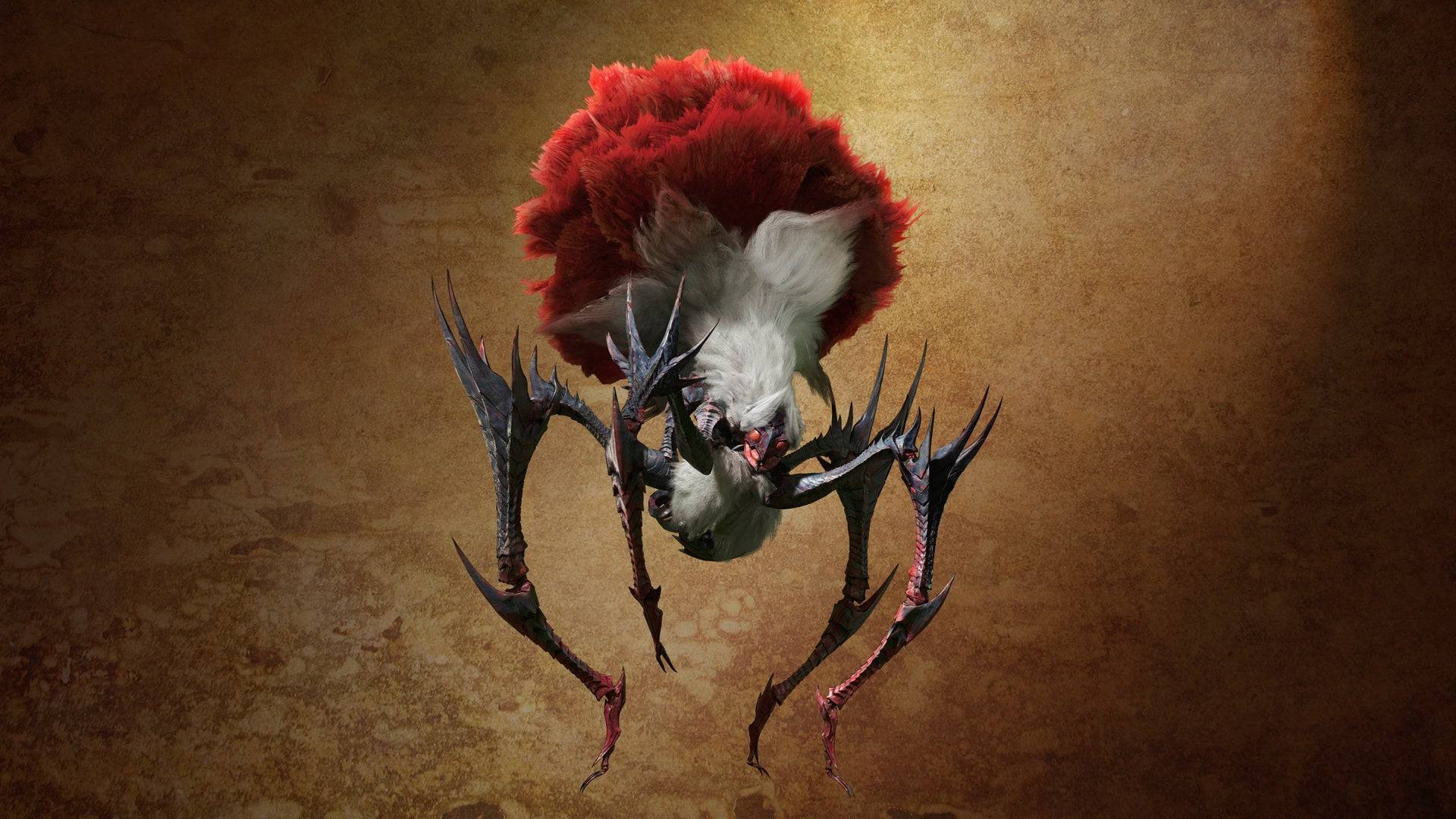
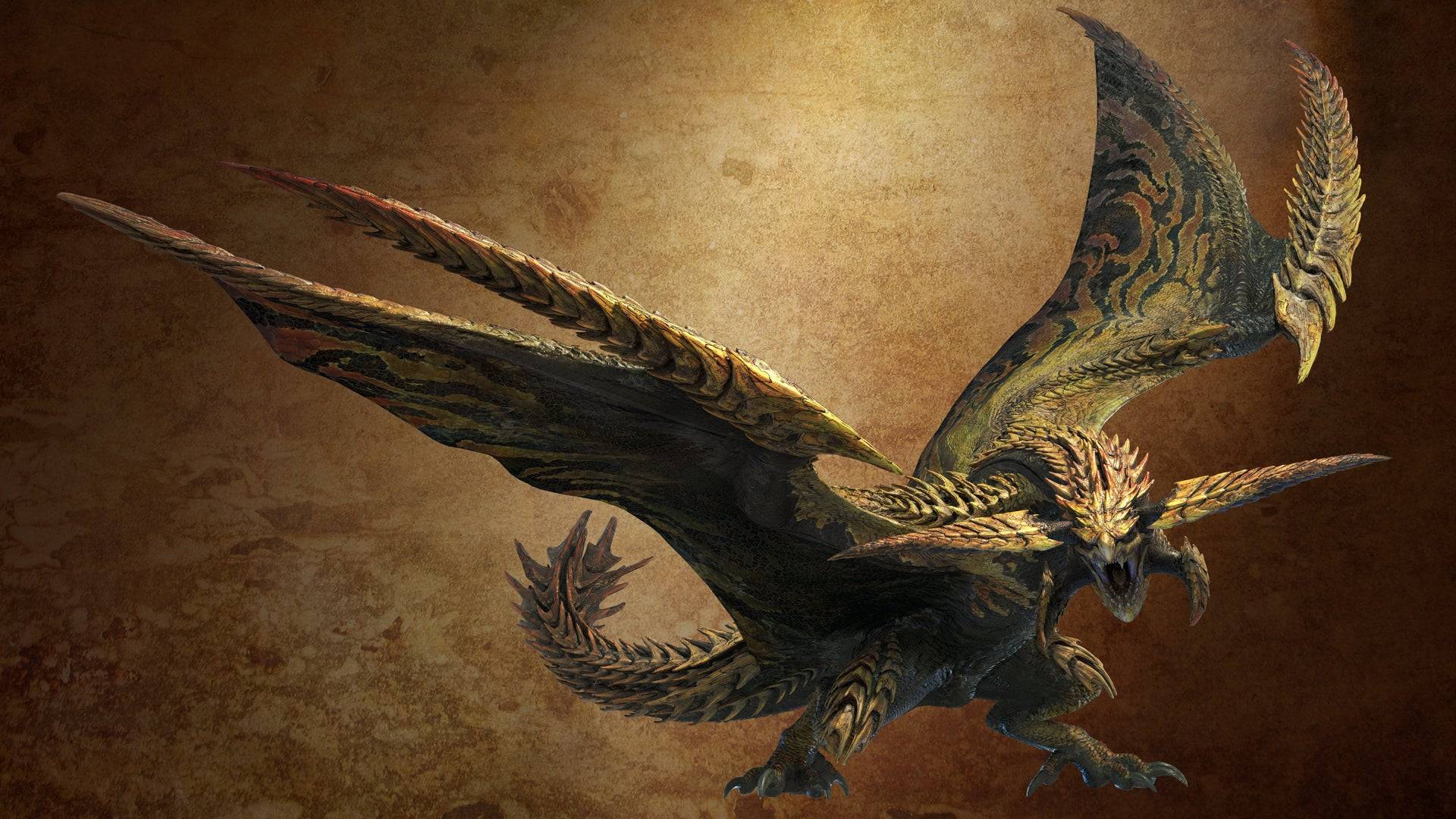
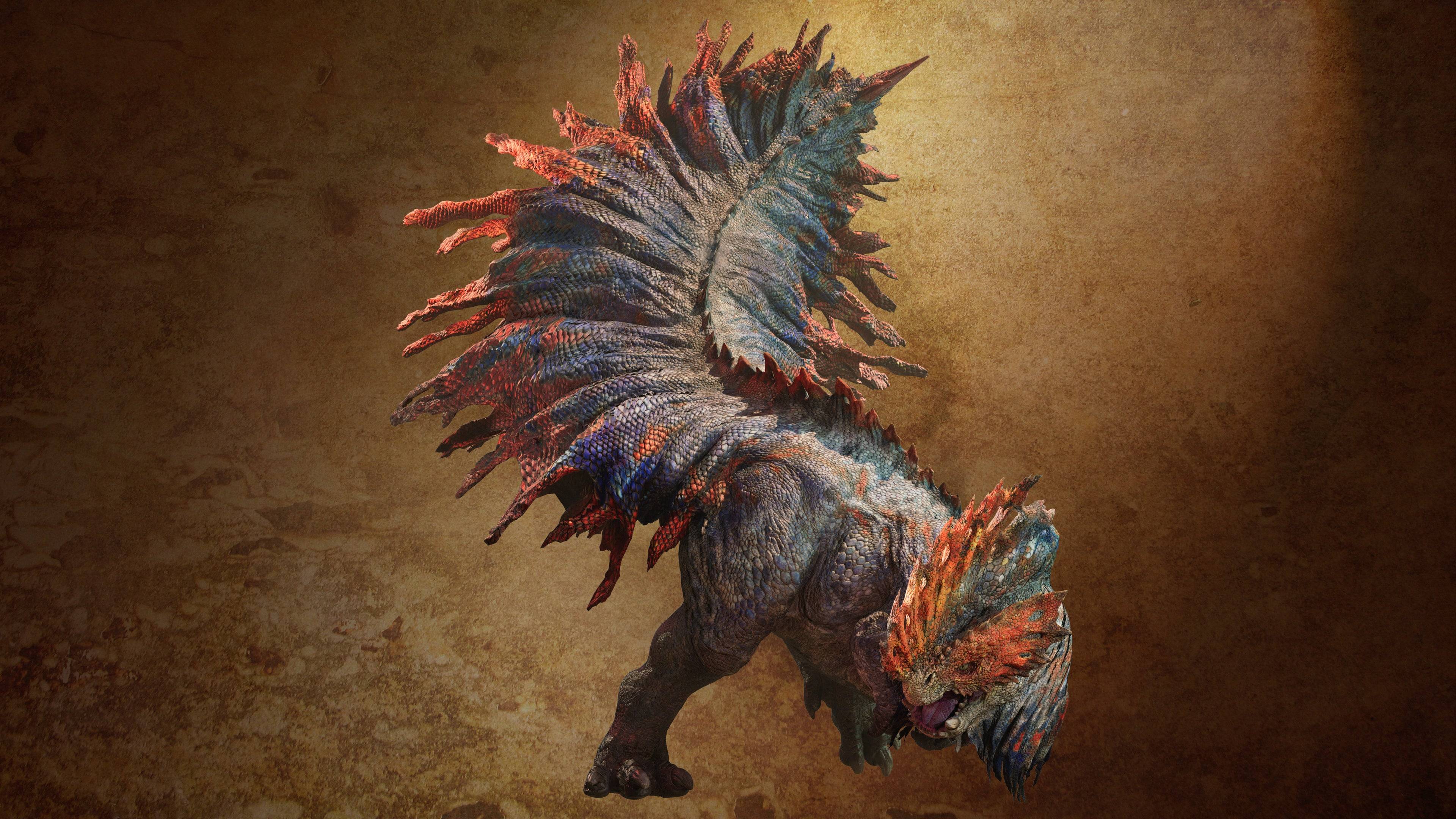 If Gravios is returning, will its juvenile form, Basarios, also appear? Fujioka simply replies, "Sorry, but Basarios will be taking this one off." It seems the timing isn't right, and we'll need to wait longer to see Basarios again.
If Gravios is returning, will its juvenile form, Basarios, also appear? Fujioka simply replies, "Sorry, but Basarios will be taking this one off." It seems the timing isn't right, and we'll need to wait longer to see Basarios again.
As discussed in our interview about monster selection, the Monster Hunter team carefully considers monster reappearances, ensuring they can be used effectively in the game. The decision to exclude Basarios came after multiple discussions. Though disappointing, many other monsters will appear in the Oilwell Basin. I eagerly anticipate hunting there, Cool Drink in hand.

